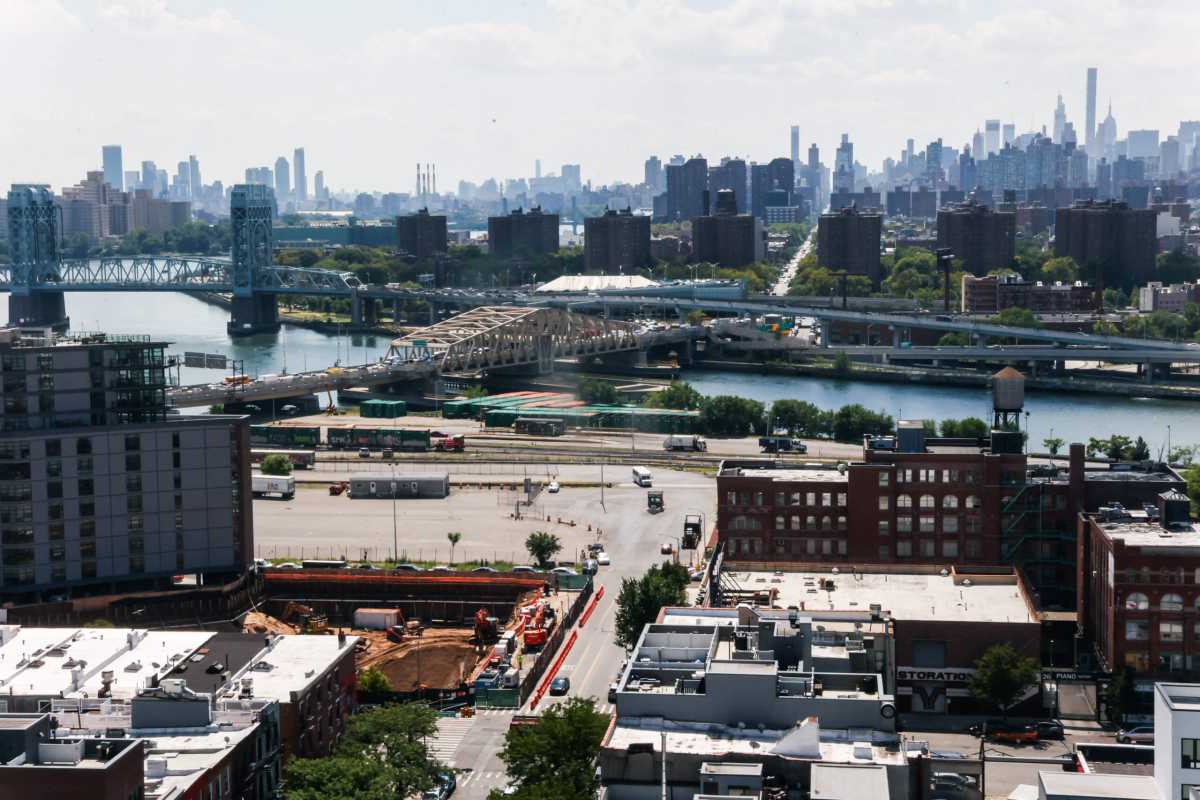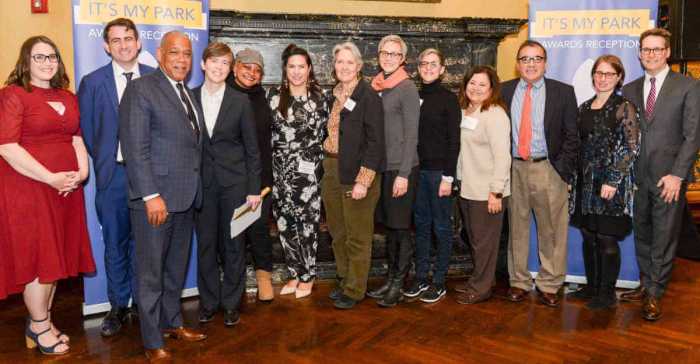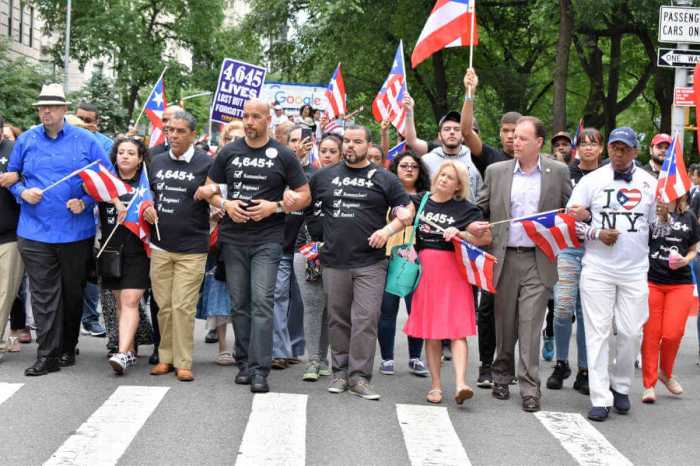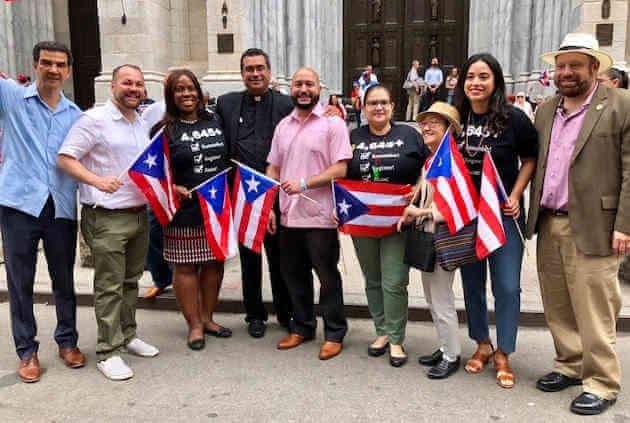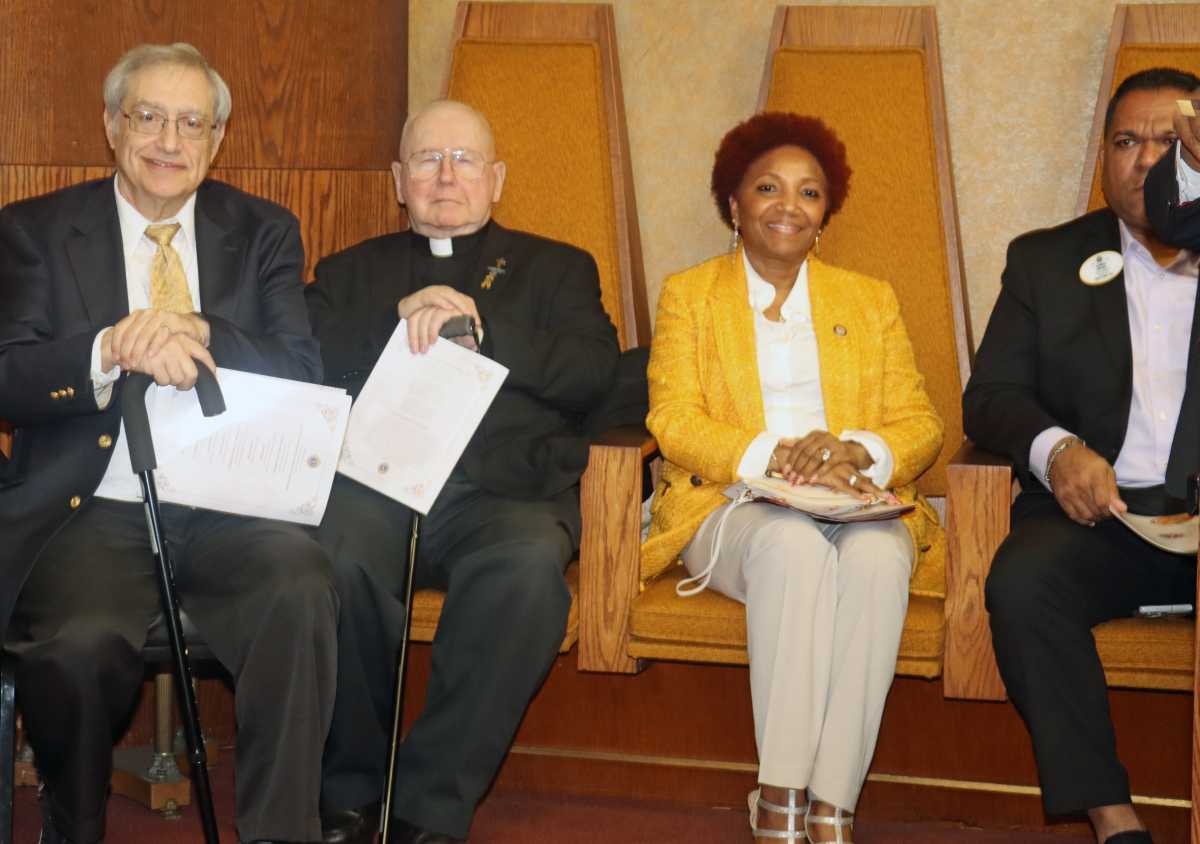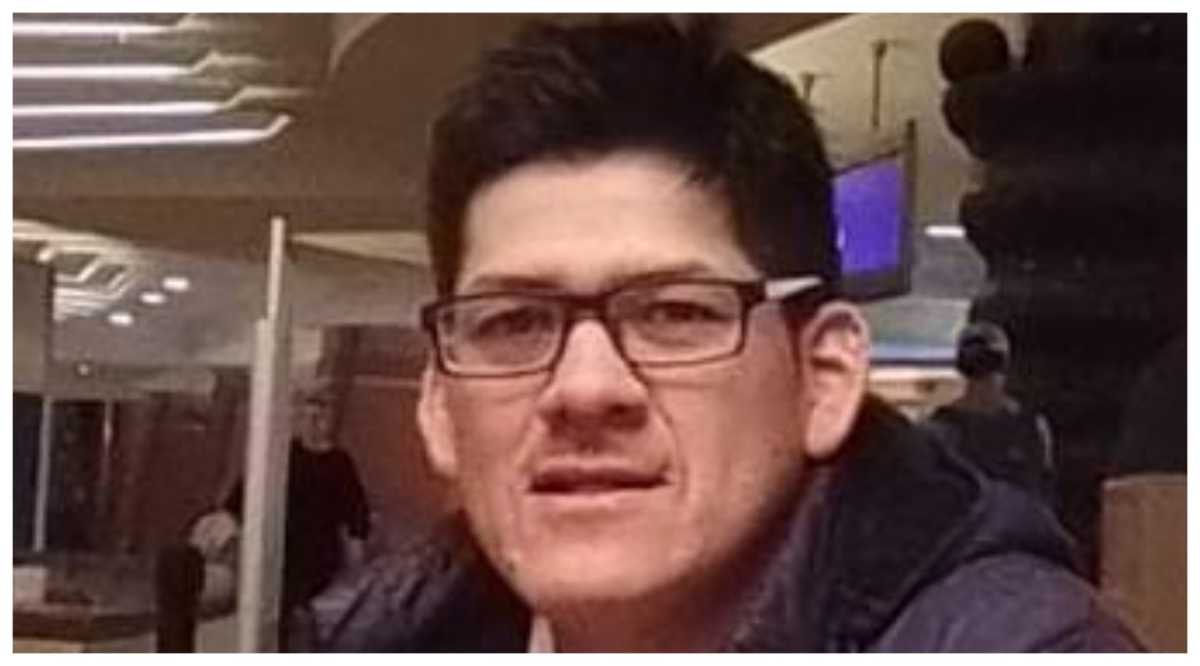After the NYC Districting Commission released its proposed redistricting maps in mid-July, disagreement brewed among Bronx community leaders. Advocates were troubled by the decision to keep the boundary of District 8 split. It’s one of only two NYC districts that stretches across boroughs — there are 51 council districts in all.
The northern Manhattan/South Bronx District 8, separated by the Harlem River, includes East Harlem, Mott Haven and Port Morris, as well as portions of Highbridge, Concourse, Longwood and also Randall’s Island.
Although the majority Hispanic district is split relatively even amongst Manhattan and Bronx neighborhoods, the last several City Council representatives of District 8 have all hailed from Manhattan, including former Council Speaker Melissa Mark-Viverito.
“This is another example of disenfranchising the South Bronx community,” said Michael Brady, executive director of the Bronx Third Avenue Business Improvement District on Twitter. “For too long this area has had to compete with its Manhattan counterpart.”
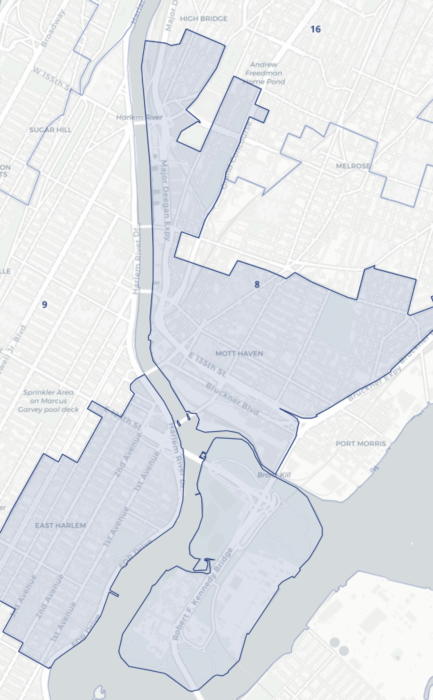
Brady’s comments triggered a squabble with District 8 Councilmember Diana Ayala, who lives in East Harlem, in the comments. “It’s just not true,” Ayala told the Bronx Times last week. “I don’t think the division that’s created by the bridge and the water impacts as much as people would think, but I do think it requires a public servant that is truly dedicated to the district.”
Controversies over district lines are widespread around this time every 10 years, when the city’s 15-member NYC Districting Commission redraws maps based on the most recent census data. Thanks to the constitution’s “one person, one vote” doctrine, the commission has to include roughly the same number of New Yorkers (about 173,000 people) in every district. After three to four public hearings to debate the proposed maps, the commission’s final proposal will go into effect in February 2023.
The 2020 U.S. census recorded a record-high population in the Bronx, making up for losses following its 1970 peak, and logged a 10-15% population increase in District 8.
“People don’t understand the importance of the census” or are nervous to participate because they’re undocumented, said Lisa Sorin, one of three Bronxites on the Districting Commission and president of the Bronx Chamber of Commerce. “Legally, as a commissioner, we can only guide ourselves by numbers, data, history and the laws.”
Though the map lines may seem random, they determine how the city’s $101 billion budget is allocated. Housing access, tax rebates and parks and sanitation cuts are among the issues controlled by the 51-member City Council.
At a Bronx NYC Districting Commission public hearing at Hostos Community College in July, Latino Justice PRLDEF pushed for District 8 to remain as is.
“[East Harlem and the South Bronx] have similarities in economic, social and residential infrastructure, and both are being impacted by new developments and gentrification,” wrote Fulvia Vargas-De Leon, the group’s lawyer. “This crossing has political and social ties that predate this Commission, and we ask that you respect and maintain this majority-Latino district.”
Brady, the BID executive director, disagrees. “Just because everyone in District 8 may speak Spanish or be of Puerto Rican descent does not mean that all their needs are the same,” he told the Bronx Times. “You can’t service two very different communities in the same way.”
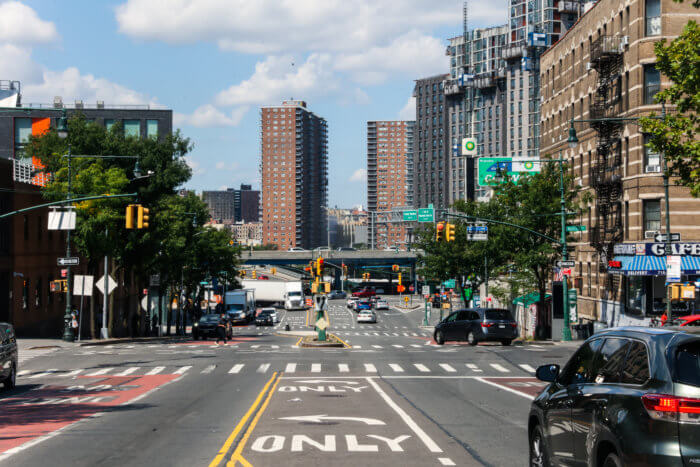
The Districting Commission held a second Bronx public hearing on Aug. 17 at Lehman College, which was inundated by spillover speakers from Queens and Brooklyn hearings. Bronxite turnout has been relatively low compared to other boroughs, commissioners told the Bronx Times, but public officials and advocates were loud and clear nonetheless.
“I have a deep concern generally about the unequal weight given to Staten Island residents in the current maps,” said Emerita Torres, state committeewoman for the 85th District in the Bronx. “The preliminary map creates three wholly contained districts within Staten Island, and seriously under-populates these districts at the expense of every other borough — including the Bronx.”
Later in the evening, members of the Bronx Cooperative Development Initiative chimed in. “Every district in the Bronx is over-populated and under-represented — and we’re the only borough that’s like that,” said Evan Casper-Futterman, one of the group’s program directors.
On the surface redistricting doesn’t seem like an urgent issue, like the lagging MTA service or unkempt potholes. But redistricting commissioners and community leaders like Brady say that civic engagement should be a priority.
“While the Bronx has been forced to organize people around essential issues, like education or housing, we have not organized people around civics, like redistricting and educating people on who your elected officials are,” said Brady. “How can we talk about redistricting when people don’t know what City Council is?”
For more coverage, follow us on Twitter, Facebook and Instagram @bronxtimes
This article was updated at 11:19 a.m. on Sept. 7.

